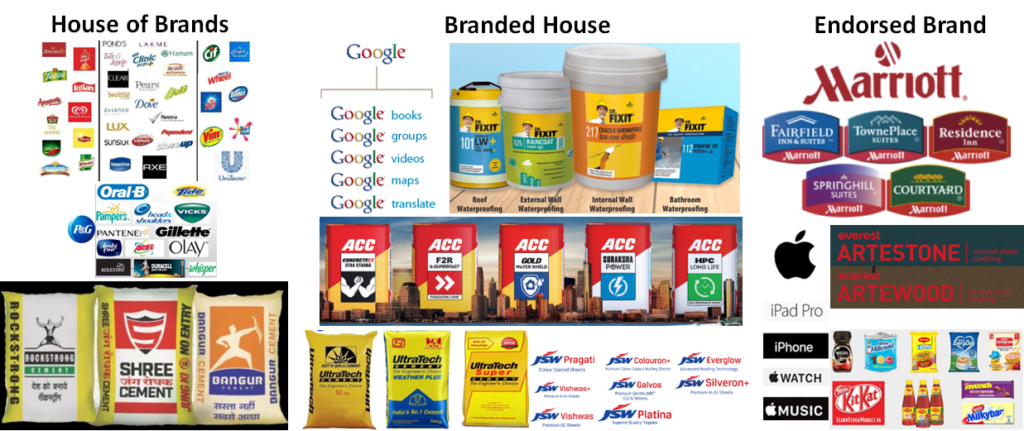Product packaging plays a very significant role for FMCG products. Can the same be said about commodities? Commodities are generally bulky and purchased in larger quantities. Their handling is quite unsophisticated. Their users are often different from their buyers.
Packaged and Unpackaged Products
There are a few commodities, which allow packaging, while others are of such nature that no packaging is possible and branding has to be done on the product itself.
Commodities which have packaging: Cement, glass, paint, electric wires, barbed wires, tiles
Commodities which do not have packaging: TMT bars, gypsum/ fiber cement boards, cement sheets, metal sheets, plywood, metal framework
It has been seen that for commodities, where packaging is not possible due to the size of the product, companies employ stickers or wrap arounds to convey their marketing message.
Product Packaging Benefits
Apart from the functional objective of protecting the product from weathering or causing harm to environment/ people around, product packaging informs the customer of major USPs of the product. Product packaging helps in establishing the premiumness of the brand. If the packaging is attractive, the recall value of the product is also higher. A good quality of packaging assures the consumer that the content inside will also be of good quality.
Usage and storage guidelines are sometimes mentioned on the packaging so that the customer does not need someone to guide him how to use it. There are customer care contact details or email IDs mentioned for contacting in case of any query or problem. It often lists the links (company website/ product micro site) to enable the consumer to gather more information about the product or its installation technique. Then there are few details like Maximum retail price, physical properties like weight, date and place of manufacturing etc. which have been mandated by the government for a few categories of items.
Packaging also gives space to advertise any offers being run on the product to attract the customer’s attention. Finally, if there are any standards like BIS, ISO, etc. which the company is complying to and wants to inform the customers about it, can be communicated through packaging. For a few commodities, it is mandatory by the government to comply to certain standards in manufacturing or testing and companies have to mention the standard on the packaging. For example, in India, cement manufacturers have to mention the IS code on the packaging itself, depending on the type of cement (OPC, PPC or PSC).
In a nutshell, packaging is the last medium for advertisement just before purchase decision if the customer has not been exposed to any advertisement of the product earlier.
Product Packaging- What to avoid?
Packaging is a sensitive media when it comes to communicating about the product. The text on the packaging can be taken to the court if the product does not deliver on the promises mentioned on the product packaging. Only those claims about the product performance should be mentioned for which the company has reports from test, internally conducted or at an external lab. However, words like “Best”, “Cheapest”, “Most effective”, “Highest selling”, “Fastest” etc. are acceptable adjectives for the product as this are subjective terms and depend on several factors, a few of which might not be even possible to measure.
A lot of iterations are done before the final product packaging is decided. It should look appealing, be sturdy enough to bear transportation, weathering and handling and not add a lot of cost to the product. Environment friendly packaging material has recently become a trend as packaging material does not go into construction and have to be disposed off.


